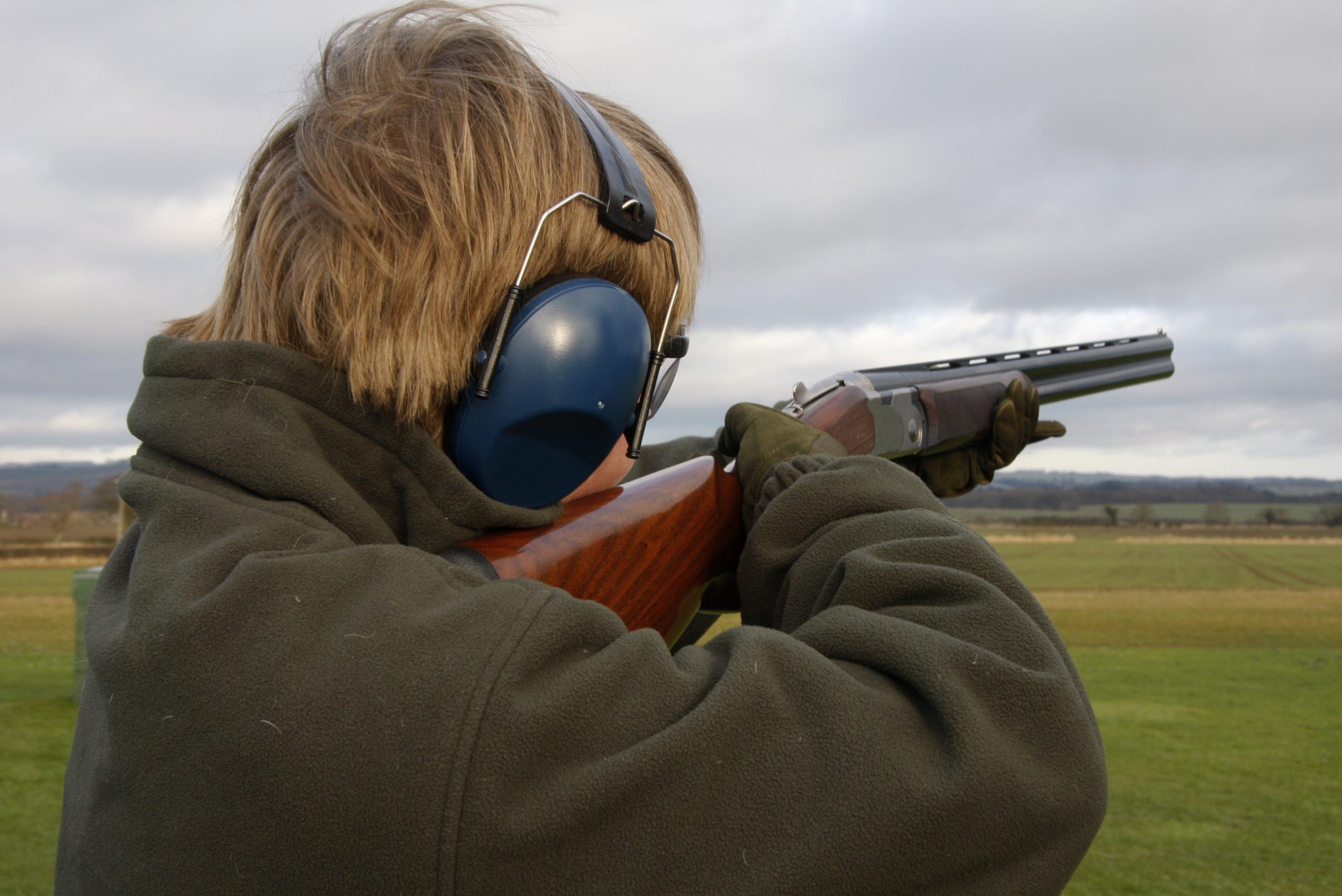The Ultimate Game Feast
We’ve teamed up with Mark Gilchrist to create the Ultimate Game Feast, whether you’re on a budget or have money to burn. Part one of the series looks at planning
As game continues to grow in popularity, more and more of us are using it in our ‘celebration’ menus, for weddings, birthdays, bar mitzvahs and the like. So, over the course of this series, I am going to take you through the thought processes and tools required to create the Ultimate Game Feast. I will create two menus – a budget version and a ‘push the boat out’ version, both of which can be made to suit any function on any scale.
So where do we start? Well, both you, the cook, and I, the professional game chef, need the same things. We both need good dishes that impress, we both have to minimise the risk of failure by considering potential problems, and we both want to produce the food as quickly and economically as possible without compromising the first two key goals, at any cost (pardon the pun).
So how do we achieve the first goal? Well, you probably have a good idea about this already: we use cooking techniques that produce consistently tasty results, like the recipes that I use and those I have featured in Sporting Shooter.
Damage limitation
In your cooking you have to work to minimise the risk of things going wrong. One key issue you have to bear in mind is scaling up. Try to imagine a situation in which you are cooking for ten people. It is relatively easy to pan fry 20 pigeon breasts well and get the food out. However, if you try and do this for 100 people, you will come badly unstuck.
If you are planning a function, make sure you choose to cook something that you can put in the oven but that has a long ‘perfection zone’. This is the length of time you have, after the food has finishing the cooking process, until its quality has started to fall below the standards that we are looking for. The King’s pie can stand on the hot plate for an hour and still be indistinguishable in terms of flavour and texture, whereas a wild garlic souffl� has a ‘perfection zone’ of about five minutes.
Two main factors to consider when picking the menu are season and availability. These two are often clumsily thought of as the same thing, which only ever leads to a serious boo boo. Season, as you are well aware, is when it is legal to go out and get your ingredients. Availability, on the other hand, includes the risk that you won’t get it. For instance, pigeon is in season all year round, but is only really available at certain times of the year (unless you know Andy Crow!). A further thought on this topic is that you need to balance your inputs with outputs. If you are cooking rabbit you will serve the whole thing to the customer so there is no waste.
However, if you are cooking venison, think twice before you promise to cook fallow fillet for 40 people; you will find that you can’t feed that many people on fillet alone. I have seen customers who have insisted that money is no object change their minds once you mention the price of fillet! Moreover, you have the rest of the animal going spare.
A good way around this is to incorporate the rest of the animal in the meal. This is often achieved by things like ‘venison three ways’. In this case I would boil the shins, neck and sinew to make really top gravy, steam the better parts of the back legs and shoulder until they fall apart, make a reduced stock of the rest and serve a small piece of fillet as normal. This way none of the animal is wasted, the price of producing the meal drops considerably, the value to the customer/guest goes up considerably and, most importantly, the risk of not getting enough deer is reduced to a manageable level.
If you think you can ignore this advice and just buy the fillet from a game dealer then you may find this lesson is learnt the hard way.
I think the biggest emphasis I put on planning all my menus is making sure that it is easy to get really good results.
Whether it is me doing the catering for Holland and Holland’s Christmas party or you cooking for a partner, you still have to make sure that you are well within your comfort zone so that you are sure you can achieve the consistently high standards that will impress.
The Ultimate Game Feast
SPLURGE:
Hors d’oeuvres: Pan fried pigeon with hot butter mustard sauce. Poached quails eggs with hot duck egg hollandaise. Seared scallops with lime dressing.
Starter: Potted grouse with rye bread and chutney.
Fish course: Pan fried sea bass with braised fennel and cous cous.
Meat course: Venison 3 ways – fillet, Wellington and braised shoulder, served with gravy, celeriac puree and savoy cabbage.
Dessert: Chocolate fondant with clotted cream.
SAVE:
Hors d’oeuvres: Rabbit, tarragon and cherry tomato tartlets. Cured trout on rye bread. Shots of chilled pea soup.
Starter: Potted pigeon.
Fish course: Baked pollock with ginger and spring onion, served with seasonal vegetables.
Meat course: Pigeon Wellington with creamy mash and cabbage.
Dessert: Roasted peaches with American style pancakes, honey and yoghurt.





